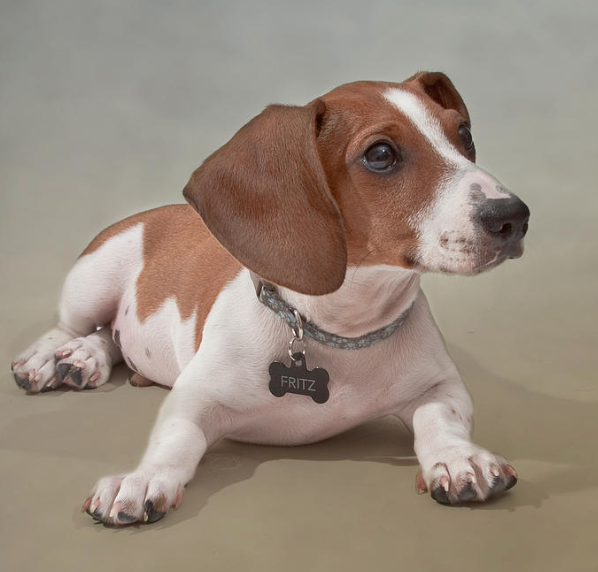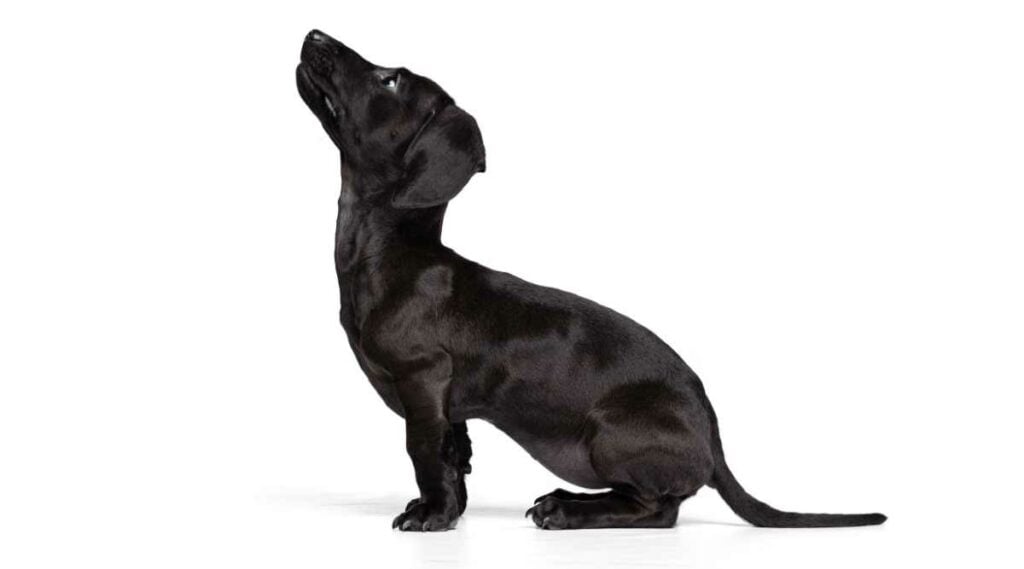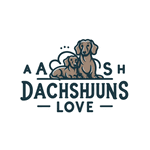Dachshunds, with their unique and charming appearance, have been a beloved breed for centuries. But beyond their short legs and long bodies, Dachshunds also come in a variety of colors that add another layer of beauty and intrigue to this already fascinating breed. From the classic black and tan to the rare chocolate dapple, understanding the nuances of Dachshund colors is a journey into the world of genetics and the captivating beauty of these lovable dogs.
Contents
- 1 Understanding Dachshund Color Genetics: How Coat Patterns Develop
- 2 Common Dachshund Colors: From Classic Red to Rare Dapple
- 3 The Beauty of Brindle: Exploring the Variations of Brindle Dachshunds
- 4 Unveiling the Mystery of Dachshund Color Combinations: Double Dapples and More
- 5 Beyond Color: Recognizing the Health Implications of Certain Dachshund Color Combinations
- 6 Conclusion
Understanding Dachshund Color Genetics: How Coat Patterns Develop

To fully understand the wide spectrum of Dachshund colors, it’s important to first understand how genetics play a role in coat color and patterns. The genes responsible for coat color in dogs are complex and can be influenced by various factors, including dominant and recessive genes, as well as genetic mutations.
At its core, Dachshund color is determined by two primary factors: the base coat color and the pattern. The base coat color refers to the dominant color of the dog’s fur, while the pattern describes the distribution of color and markings on the body. Let’s take a closer look at these factors and how they contribute to the wide range of Dachshund colors we see today.
Base Coat Colors
The most common base colors in Dachshunds are black, red, chocolate, and cream. These colors are inherited from the dog’s parents and are determined by dominant and recessive genes. For example, a Dachshund with two copies of the gene for red will have a red coat, while a dog with one copy of the gene for red and one copy of the gene for black will have a black and tan coat.
While these four base colors are the most common, there are also other variations that can occur, such as fawn (a lighter shade of red) and blue (a dilute form of black). These colors are less common in Dachshunds but can still occasionally be seen.
Coat Patterns
The second factor that contributes to Dachshund colors is the coat pattern. This refers to the distribution of color and markings on the dog’s body. The most common patterns in Dachshunds are tan, dapple, and sable.
Tan: A Dachshund with a tan coat will have a base coat color with tan markings appearing on the brows, cheeks, chest, legs, and under the tail. The tan can vary in shades from light to rich golden, depending on the specific genetics of the dog.
Dapple: A dapple Dachshund has a mottled or speckled effect on their coat, occurring when white fur is interspersed with the base coat color. This pattern is caused by the merle gene, which creates a marbled effect on the coat. Dapple Dachshunds can come in a variety of colors, including red, black, and chocolate.
Sable: This pattern is a mixture of black and tan hairs, often with a black dorsal line along the back. It is caused by the agouti gene, which controls the distribution of melanin (the pigment responsible for hair color) on the dog’s body. In sable Dachshunds, the agouti gene causes the hair to be banded with different shades of black and tan, creating a striking and unique coat pattern.
Common Dachshund Colors: From Classic Red to Rare Dapple

Now that we have a better understanding of how Dachshund colors are determined, let’s take a closer look at some of the most common colors seen in this breed.
Red
Red Dachshunds are perhaps the most iconic and recognized color in the breed. These dogs have a range of shades from light reddish-brown to a deep mahogany. The red color is caused by the dominant gene, and a Dachshund can be either solid red or have some white markings on their chest and/or feet.
Black and Tan
The classic black and tan Dachshund has a base coat of black with tan markings on their brows, cheeks, chest, legs, and under the tail. This color combination is also caused by dominant genes, and it is one of the most common colors seen in Dachshunds.
Chocolate
Chocolate Dachshunds have a rich, nuanced brown coat that is often described as a milk chocolate shade. This color is caused by a recessive gene, which means both parents must carry the gene for a puppy to be born with a chocolate coat. These dogs can also have tan markings, creating a stunning contrast against their dark coat.
Cream
Cream Dachshunds have a light, almost pale yellow coat that is caused by a dilute form of the red gene. These dogs can range from a very light cream to a deeper golden shade and are sometimes mistaken for white Dachshunds. However, true white Dachshunds are actually quite rare.
The Beauty of Brindle: Exploring the Variations of Brindle Dachshunds
While not as commonly seen as other colors, brindle Dachshunds are still a beautiful and unique variation within the breed. Brindle refers to a coat pattern where there are dark stripes or streaks of color over a lighter base coat color. In Dachshunds, this pattern is usually seen in shades of black, red, or chocolate.
Brindle is caused by a gene called K-locus, which controls the distribution of eumelanin (the pigment responsible for black color) on the dog’s body. This gene also contributes to other coat patterns, such as merle and piebald.
There are several variations of brindle seen in Dachshunds, including tiger brindle (where the stripes are more pronounced), reverse brindle (where the base coat is lighter than the stripes), and black brindle (where the stripes are a darker shade of black). Brindle Dachshunds often have a more striking appearance compared to other colors, making them stand out in a crowd.
Unveiling the Mystery of Dachshund Color Combinations: Double Dapples and More

In addition to the common Dachshund colors we have discussed so far, there are also some unique combinations that can occur. These color combinations are often referred to as “dapples” and are caused by genetic mutations that can create stunning and one-of-a-kind coats.
Double Dapple
The most well-known dapple variation is the double dapple, also known as “double merle.” This occurs when two merle genes are inherited, resulting in a dog with white patches on their body, often with speckling or mottled areas. While these dogs may have a striking appearance, it’s important to note that they also have a higher risk of health issues, such as vision and hearing problems, due to the genetic mutation.
Piebald
Piebald is another color pattern that often appears in Dachshunds. This refers to a specific type of spotting where the dog has large white patches on their coat, usually combined with another color. This pattern is caused by the S-locus gene, which controls the amount of white pigment on the dog’s body.
Piebald Dachshunds can come in a variety of colors, including red, black and tan, cream, and even chocolate. The white patches can range from small spots to covering most of the dog’s body, creating a unique and eye-catching appearance.
Beyond Color: Recognizing the Health Implications of Certain Dachshund Color Combinations

While Dachshund colors may seem like purely aesthetic factors, they can actually have implications for the dog’s health. As we’ve seen with the double dapple variation, certain color combinations caused by genetic mutations can increase the risk of health problems in Dachshunds.
Additionally, some Dachshunds with a predominantly white coat (such as piebalds) may be more prone to sunburn and skin cancer due to a lack of pigment in their skin. It’s important for Dachshund owners to be aware of these potential health concerns and take necessary precautions to protect their furry companions.
Conclusion
In conclusion, the world of Dachshund colors is truly a rainbow of possibilities. From classic black and tan to rare dapples and brindles, the genetics behind these variations are complex and fascinating. Understanding the role that genes play in determining Dachshund colors can not only help us appreciate the beauty of this breed but also recognize the potential health implications of certain color combinations. So next time you see a Dachshund with a stunning coat, you’ll have a deeper understanding of the genetics behind their unique look.
